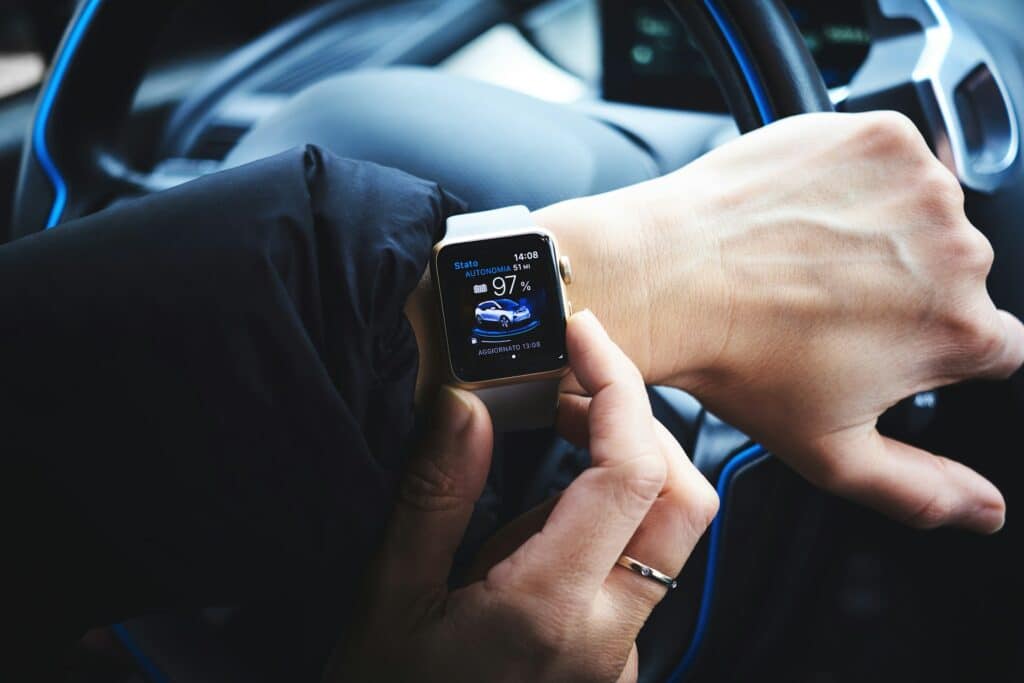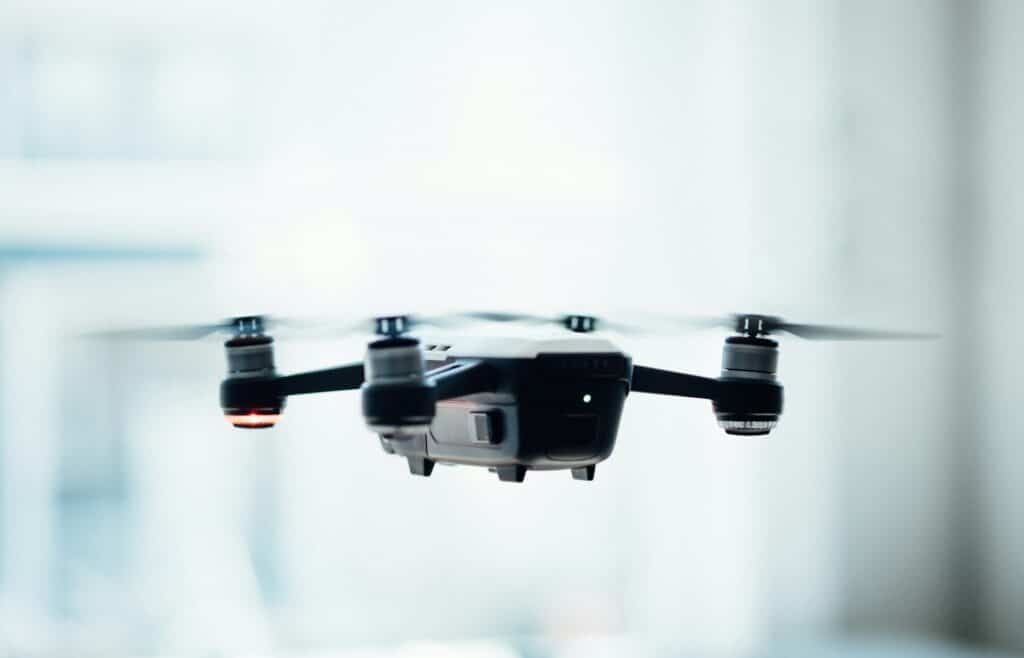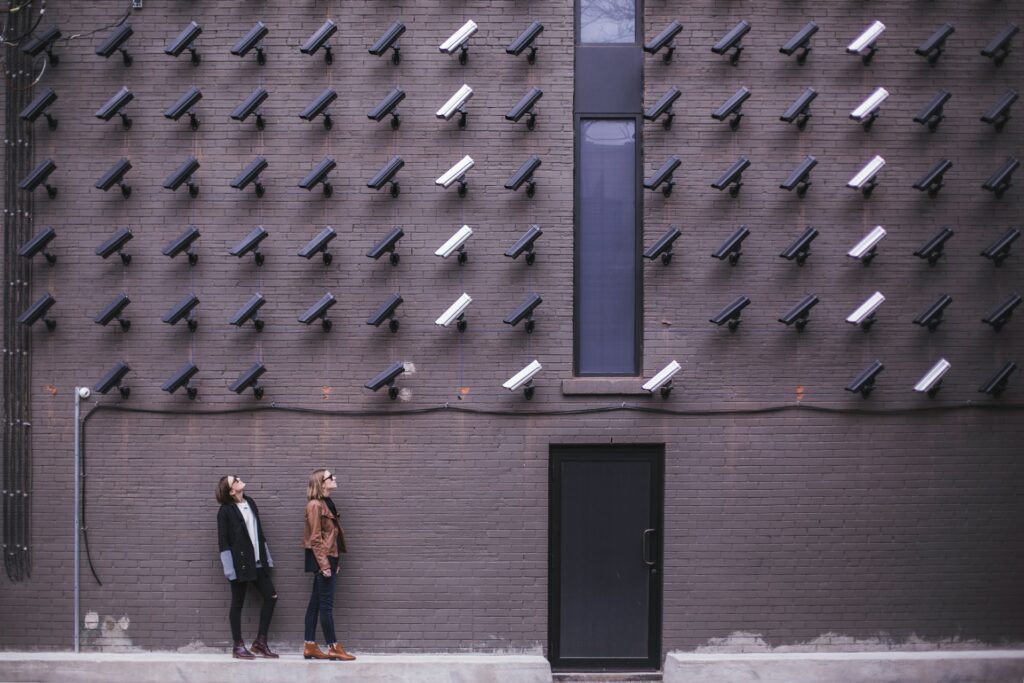In recent years, personal injury litigation in Ontario has been undergoing a quiet transformation, one driven not by changes to the law itself, but by the expanding role of digital evidence. As technology weaves itself more deeply into our daily lives, data from wearable devices, drones, smartphones, and home surveillance systems are increasingly finding their way into the courtroom. For plaintiffs and defence counsel alike, understanding how this digital evidence can be harnessed, or challenged, has become an essential aspect of modern advocacy.
The Rise of Wearable Evidence

One of the most significant developments in this space is the growing use of wearable fitness trackers, like Fitbit, Apple Watch, and Garmin devices, as tools for assessing the impact of injuries on a plaintiff’s day-to-day life. In cases involving chronic pain, reduced mobility, or loss of enjoyment of life, step counts and heart rate variability data can offer an objective supplement to subjective testimony.
In personal injury cases where credibility is at issue, such data can support or undermine a claimant’s version of events. For example, a plaintiff alleging severe back pain might be cross-examined on data showing they consistently walked 10,000 steps per day in the weeks following the accident. Conversely, a sudden and sustained drop in activity levels may bolster a claim of genuine physical impairment.
However, the admissibility of wearable data is not without complication. Under Ontario’s Rules of Civil Procedure, evidence must be relevant, material, and reliable. Courts will consider whether the data is complete, whether it has been tampered with, and whether its interpretation requires expert input. Counsel must be prepared to address chain-of-custody concerns and authenticate the source of the data, a task that becomes even more important in the context of settlement negotiations or mediation, where such evidence may inform damages assessments.
Drones and Aerial Evidence in Liability Disputes

Drones, once confined to military and hobbyist use, are now being deployed in more practical ways across personal injury investigations. Their high-resolution aerial imaging capabilities allow lawyers to examine accident scenes from previously impossible angles, an invaluable tool in slip-and-fall cases, motor vehicle collisions, or rural premises liability matters.
In winter-related accidents, for instance, a drone can capture overhead views of the sidewalk or parking lot in question, preserving evidence of snow accumulation, ice patterns, or improper salting. This can be particularly useful given the recent amendment to Ontario’s Occupiers’ Liability Act, which now requires plaintiffs to provide notice of a slip-and-fall on snow or ice within 60 days (10 days if a municipality). Drone imagery can supplement or even replace in-person scene inspections, especially when weather conditions change rapidly.
Still, drone usage must comply with federal aviation regulations under Transport Canada’s drone rules. Privacy concerns also loom large: capturing footage over private property without consent can raise legal and ethical issues. Legal practitioners should work with qualified investigators and ensure their use of drones aligns with both aviation law and evidentiary standards.
Smartphones, Surveillance, and the Expanding Digital Footprint

Smartphones remain a double-edged sword in PI litigation. On one hand, they serve as repositories of rich evidence, photos of injuries, messages sent in distress, geo-location data, and timestamps. On the other hand, they are also a frequent source of surveillance-type information that insurers or defence counsel may use to challenge a plaintiff’s claim.
In Ontario, surveillance is admissible provided it is relevant and fairly obtained. Plaintiffs should be aware that social media posts, tagged locations, and even background details in a casual selfie can be scrutinized in court. Opposite, claimants are also entitled to gather and present their own smartphone-based evidence in support of their claims.
Moreover, Ontario courts have shown growing openness to admitting time-stamped data from home security cameras, dash cams, and smart doorbells. These tools have been used to show, for instance, whether a homeowner salted a walkway, whether an injury occurred as described, or even whether a delivery contributed to a hazardous condition.
A New Landscape for PI Litigation in Ontario
The digitization of personal injury litigation in Ontario is not a future concern, it is happening now. As technology becomes more embedded in daily life, the evidence it generates will increasingly influence how cases are investigated, litigated, and resolved.
For legal practitioners, this shift requires not just technical competence but strategic foresight. For clients, it means that the devices they carry, wear, or install in their homes may play an unanticipated role in their legal claim. And for the legal system as a whole, it presents a challenge: how to balance the promise of objective, real-time data with concerns about privacy, admissibility, and fairness.
As with all evidence, the question is not just what the data shows, but how it’s gathered, preserved, and presented. In the new era where a step count or drone photo can sway a judge or insurer, PI lawyers in Ontario must stay attuned to the legal and technological contours of this evolving landscape.
KANON CLIFFORD
The ability to make a meaningful change in people’s lives is what attracts Kanon to injury law. For Kanon, the clients’ right to fair compensation is the pillar of his deep commitment to improving the lives of injured persons and their families. Kanon started at Bergeron Clifford as a summer student learning the ins and outs of injury law. He then completed his articles at our firm before being called to the Ontario bar in 2020.


















